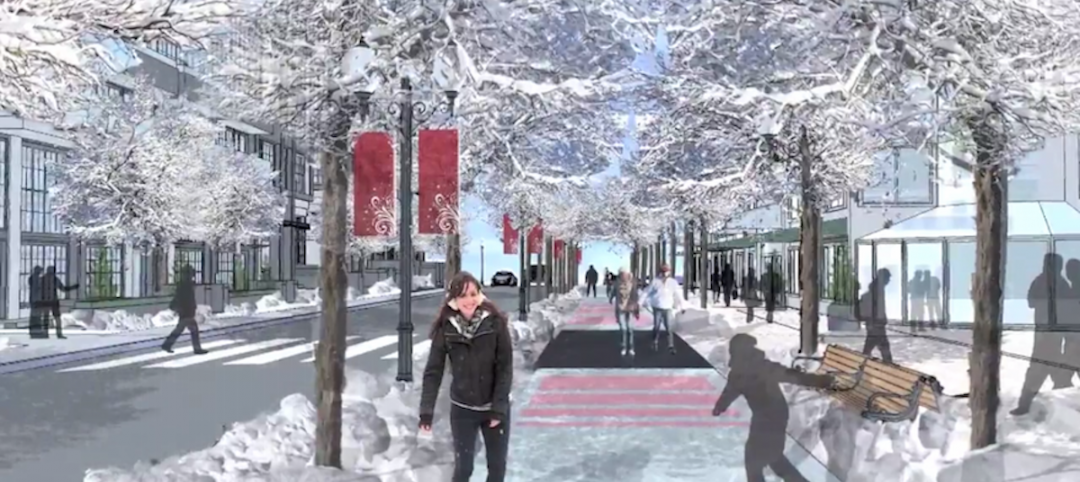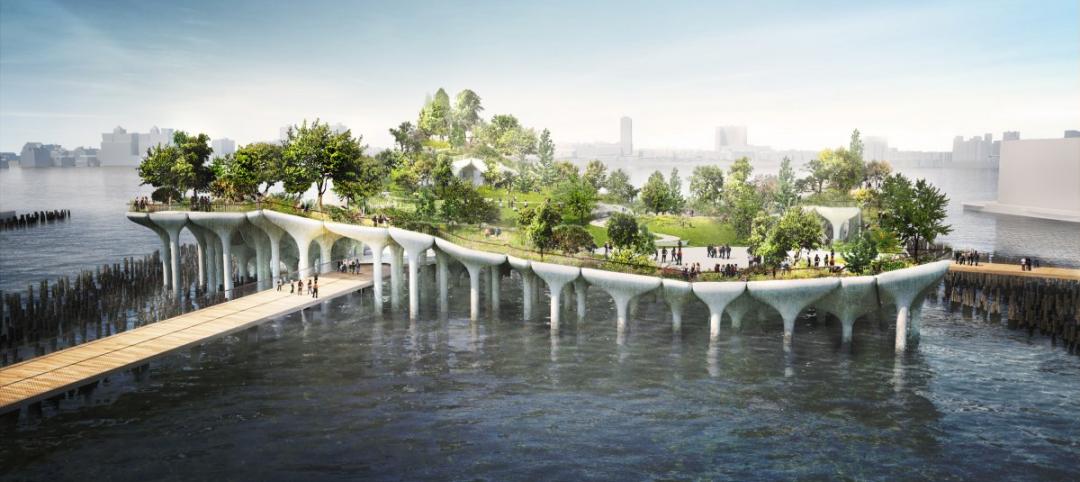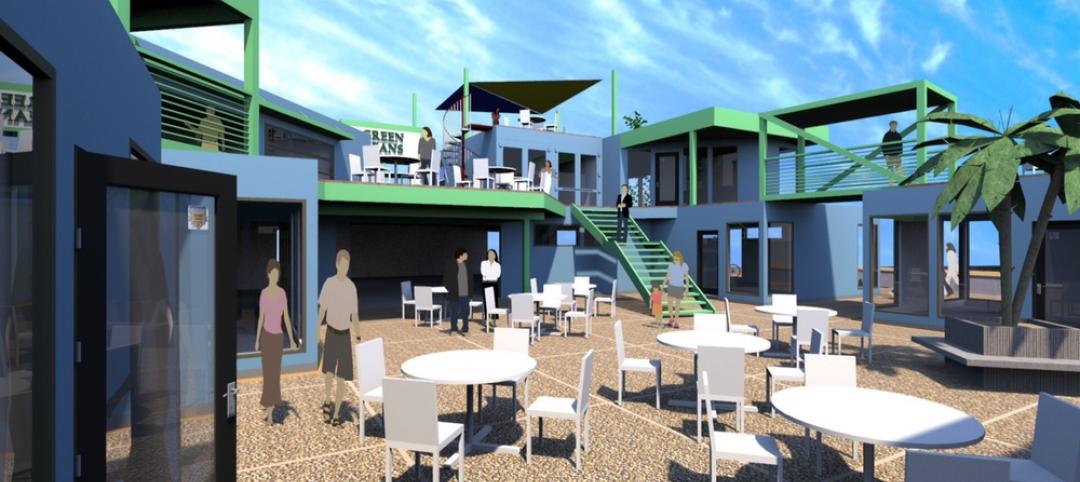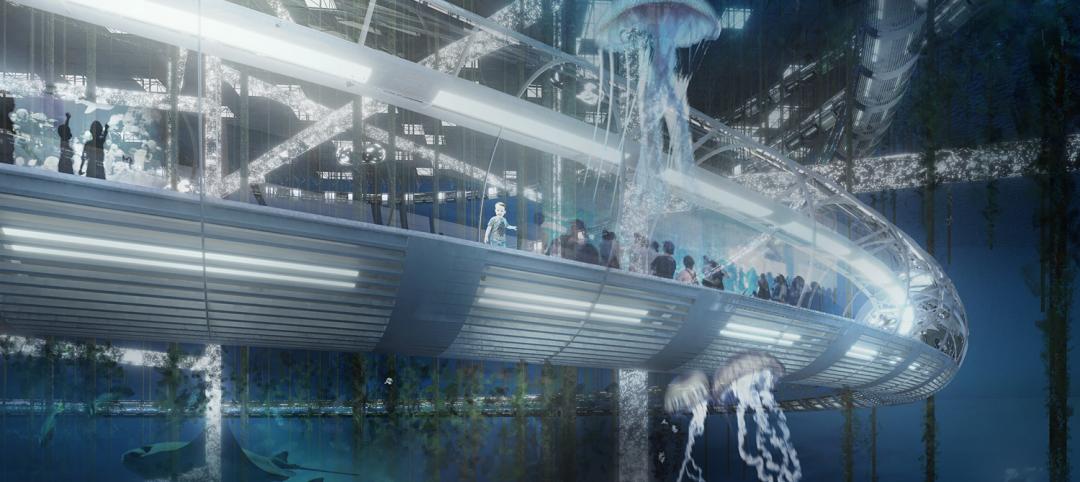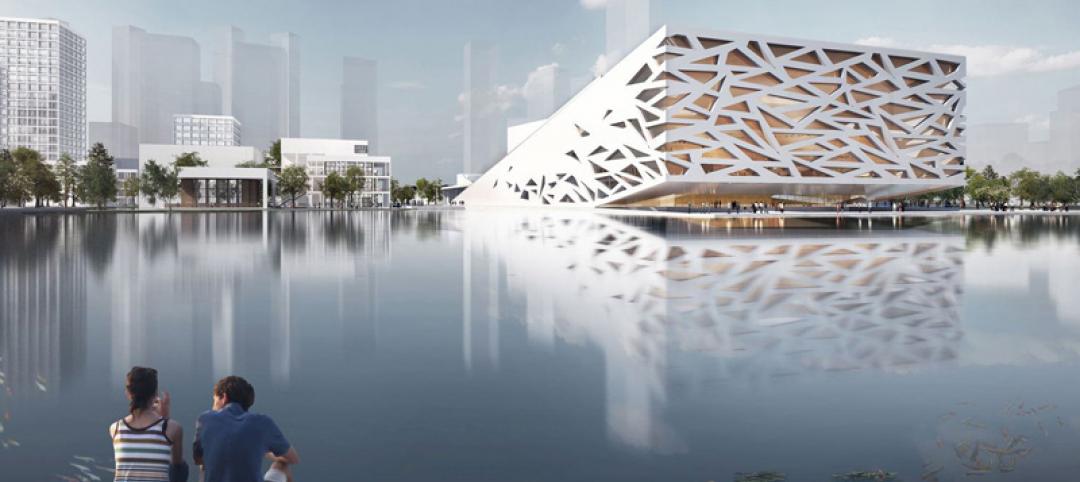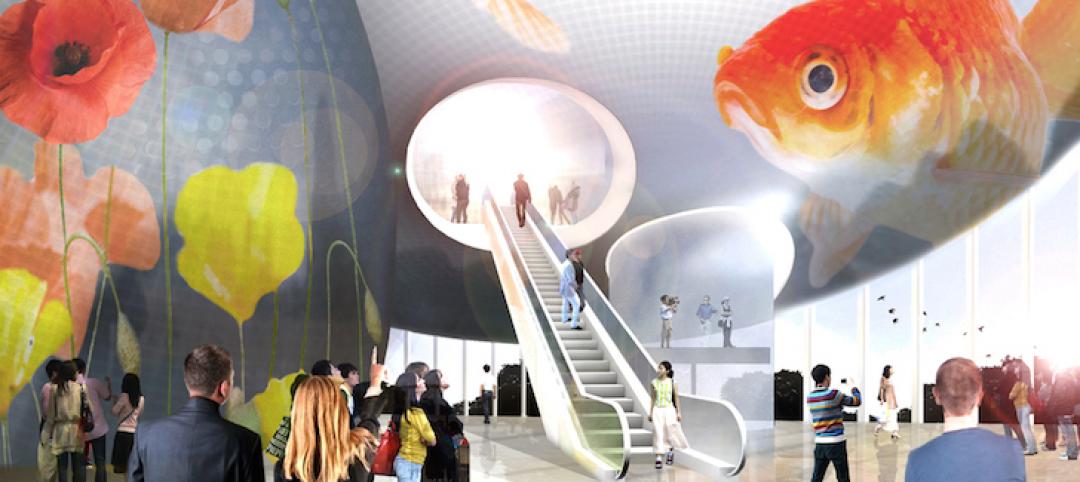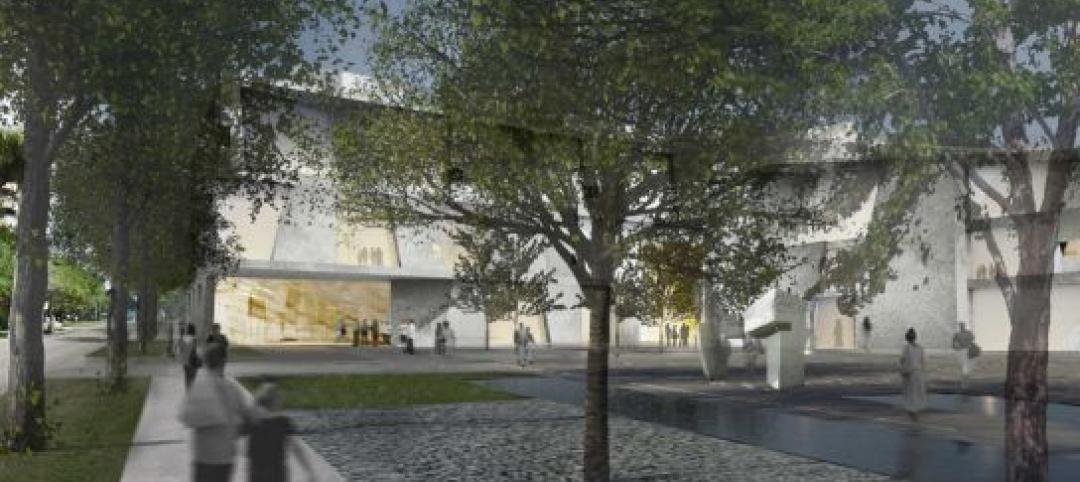Located in Chicago's Lincoln Park neighborhood, Victory Gardens Theater Company has welcomed up-and-coming playwrights for 33 years. In 2004, the company expanded its campus with the purchase of the Biograph Theater for its new main stage. Built in 1914, the theater was one of the city's oldest remaining neighborhood movie houses, and it was part of Chicago's gangster lore: in 1934, John Dillinger was gunned down by the FBI in the Biograph's alley.
Architect Daniel P. Coffey, FAIA, of Daniel P. Coffey and Associates, and general contractor Pepper Construction preserved the landmark exterior, restoring the façade and replacing the historic marquee with a replica of the original.
Inside, the old movie house had been chopped up into a hodge-podge cineplex. The Building Team and the theater company “wanted something unexpected and fresh,” said Coffey. Once inside, theatergoers would enter Victory Gardens' “new world.”
That “new world” had to be created in a relatively small space—30,000 sf—and on a tight construction budget—about $6.4 million. The Building Team created a lobby that puts on a performance of its own, creating the appearance of a pricier and larger space than it actually is. Hints of cherry hardwood trim and marble counters were used to suggest a heftier budget. Drywall “clouds” and mirrors were added to make it appear more expansive.
In the theater itself, the company wanted an intimate space for both audience and performers. The walls were painted rich colors of ochre and burgundy to create a warm atmosphere. The 299 seats were angled to achieve ideal sightlines with minimal blocking; no patron is more than 45 feet from the stage.
“There's not a bad seat in the house,” said Reconstruction Awards judge Walker Johnson, FAIA, who added, “While the regular theatergoers have remained very loyal, this new venue can only help vault Victory Gardens to new heights.”
Related Stories
Cultural Facilities | Feb 25, 2015
Edmonton considering 'freezeway' to embrace winter
If the new Edmonton Freezeway is constructed, residents will have an 11-km course that winds through the city and allows them to skate to work, school, and other city activities.
Cultural Facilities | Feb 20, 2015
‘Floating’ park on New York’s Hudson River moves one step closer to reality
The developers envision the 2.4-acre space as a major performance arts venue.
Modular Building | Feb 12, 2015
New shipping container complex begins construction in Albuquerque
The Green Jeans Farmery already has a hydroponic farm component courtesy of owner and entrepreneur Roy Solomon.
Architects | Feb 11, 2015
Shortlist for 2015 Mies van der Rohe Award announced
Copenhagen, Berlin, and Rotterdam are the cities where most of the shortlisted works have been built.
Cultural Facilities | Feb 6, 2015
Architects look to ‘activate’ vacant block in San Diego with shipping container-based park
A team of alumni from the NewSchool of Architecture and Design in San Diego has taken over a 28,500-sf empty city block in that metro to create what they hope will be a revenue-generating urban park.
Cultural Facilities | Feb 6, 2015
Under the sea: Manmade island functions as artificial reef
The proposed island would allow visitors to view the enormous faux-reef and its accompanying marine life from the water’s surface to its depths, functioning as an educational center and marine life reserve.
Cultural Facilities | Feb 5, 2015
5 developments selected as 'best in urban placemaking'
Falls Park on the Reedy in Greenville, S.C., and the Grand Rapids (Mich.) Downtown Market are among the finalists for the 2015 Rudy Bruner Award for Urban Excellence.
Cultural Facilities | Jan 27, 2015
Henning Larsen designs an opera house that slopes above a lake in China
Henning Larsen, the firm behind the Royal Danish Opera in Copenhagen, releases plans of a latticed opera house on a lake.
| Jan 19, 2015
HAO unveils designs for a 3D movie museum in China
New York-based HAO has released designs for the proposed Bolong 3D Movie Museum & Mediatek in Tianjin.
| Jan 13, 2015
Steven Holl unveils design for $450 million redevelopment of Houston's Museum of Fine Arts
Holl designed the campus’ north side to be a pedestrian-centered cultural hub on a lively landscape with ample underground parking.


